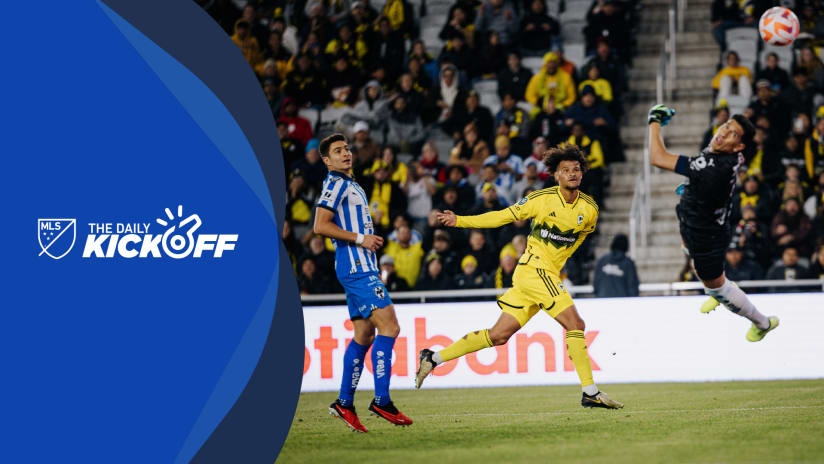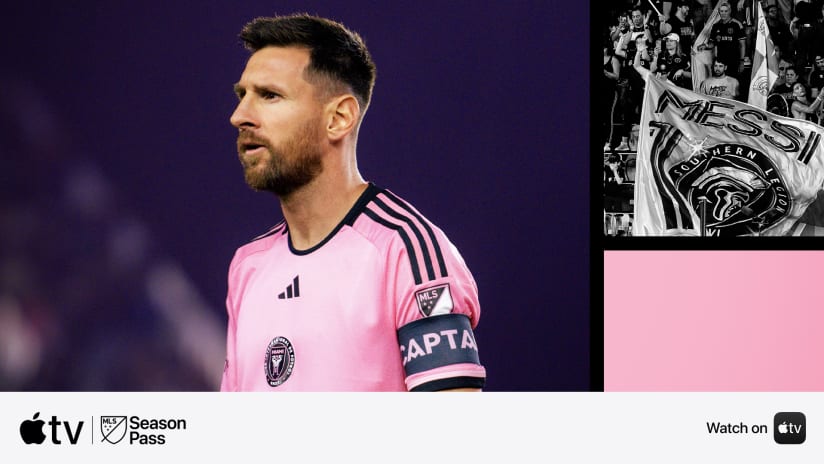Over the past several seasons, interpretations of various Laws of the Game have been modified and, in some cases, changed entirely. For example, drastic changes to the interpretation of offside have had a major impact on how the game is played.
Recently, another area that has been under modification came into sharp focus when players were cautioned or sent off in MLS games when they made contact with an opponent while also making contact with the ball in the play.
The question of whether a player fouls his opponent either before or after making "clean" contact with the ball has been an area under review and modification by referees and the international board in the immediate past. Cries of "I got the ball!" come as players try to explain their point of view; yet, fouls, cautions and/or sendings off follow despite the fact that contact was made with the ball.
Most instructively, the situation has occurred already twice this season. On April 24, when the Earthquakes took on the Colorado Rapids in Denver, San Jose defender Troy Dayak (56k|384k) was cautioned for a 64th-minute tackle. Then on May 8, Columbus Crew defender Robin Fraser (56k|384k) was sent off for his tackle against D.C. United's Dema Kovalenko at RFK Stadium.
As the governing body of the game in the USA, the U.S. Soccer Federation assigns and assesses all referees for Major League Soccer, the USA's first division professional league. Two officials in the U.S. Soccer Federation Referee Department, Alfred Kleinaitis and Paul Tamberino, have sought to clear up any confusion that exists for fans and competitors alike as to why it's a foul, even if the player can claim he got the ball. Kleinaitis is Manager of Referee Development for the U.S. Soccer Federation, and Tamberino, a four-time MLS Referee of the Year, is Referee Department Consultant to U.S. Soccer.
" 'I got the ball' is a common response by players to referees during challenges," Kleinaitis and Tamborino said. "For players making these types of challenges (such as incidents involving Dayak and Fraser) referees make their judgment as to foul or misconduct based on excessive force, the recklessness of the challenge, and if it endangers the safety of an opponent. Regardless of the contact with the ball, if any of these are evident in the challenge, the referee should award misconduct (i.e., yellow or red card).
"The Laws of the Game (specifically Law 12) say that it is a direct free kick foul if a player makes contact with an opponent before making contact with the ball during a challenge. However, getting the ball (even "all ball") does not make a challenge legal if, during or after getting the ball, the player commits a foul against an opponent.
"Additionally, if the foul is committed recklessly, the player has committed unsporting behavior and must be cautioned, and if the foul is committed with excessive force, the player must be sent from the field and shown the red card."
Throughout the season, MLSnet.com will take a regular look at the Laws of the Game and their application in Major League Soccer matches.










